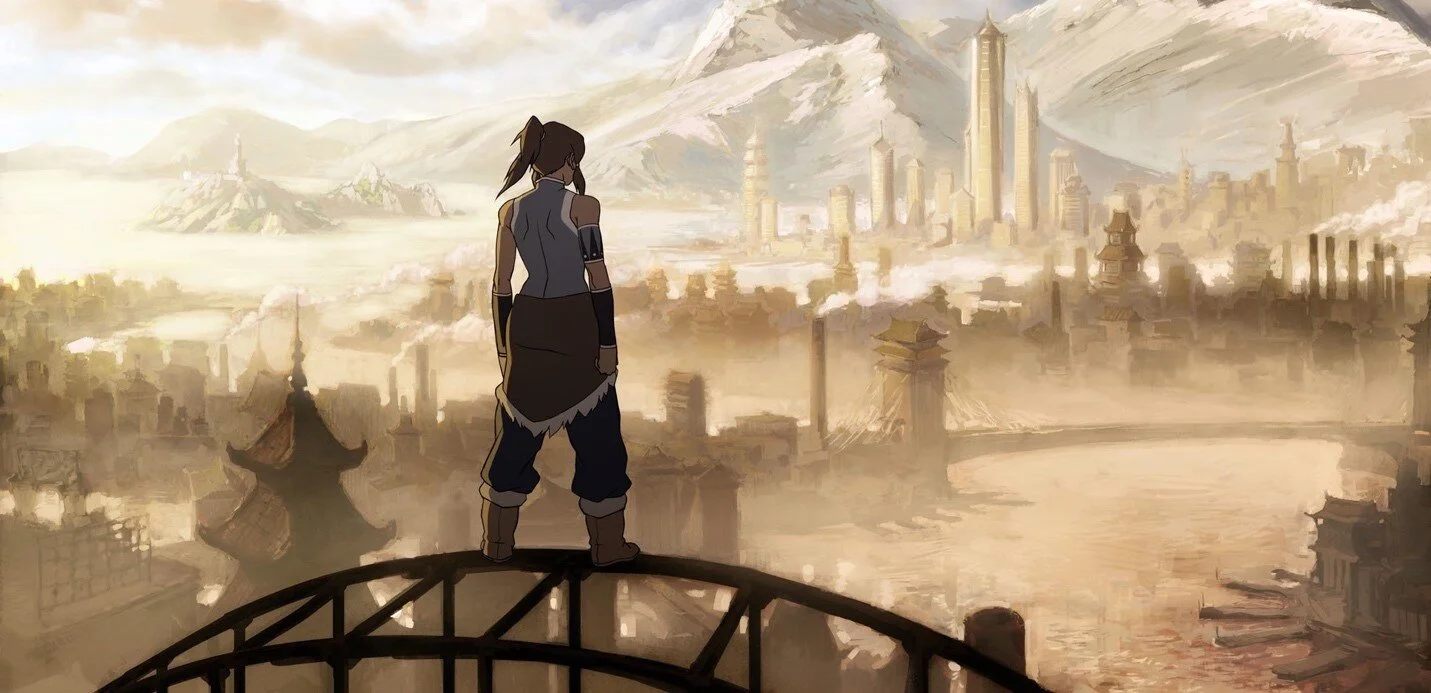Review: Turning Red (Domee Shi, 2022)
Franz Kafka once wrote that Gregor Samsa awoke one morning to find himself in the body of an enormous insect. This Metamorphosis caused Gregor some difficulties, and both Kafka’s novella as well as the stage adaptation by Steven Berkoff explored issues of class and identity. Imagine that premise, add the growing pains aspect of Big, as well as the uncontrollable and potentially dangerous nature of Marvel’s The Incredible Hulk, all delivered with the wit, charm, and invention of Pixar, and you have Turning Red (Domee Shi, 2022): a super smart, super cute, super fluffy and truly magical animated comedy that explores puberty, family pressure, emotional management and the powers of friendship, fandom and song (Fig. 1).
Like much of Pixar’s work, Domee Shi’s film combines its range of complex themes and questions into a narrative that is highly accessible and utterly charming. The film follows Meilin (Rosalie Chiang), a teenage Chinese Canadian girl living in Toronto. Meilin, referred to as Mei, is a high achiever in school. She respects her parents and lives up to their expectations. She has a close-knit group of friends with whom she shares an obsession with boy band 4*Town. Thus, Mei is well-adjusted, but still suffers from emotional, social, family and mental problems. Rather than dealing with tragic backstories or world threats as seen in the excellent Moana and Raya and The Last Dragon, Turning Red shares more with Luca and Encanto as a film about everyday pressures that are completely relatable, albeit with a fantastical twist.
This twist first manifests when Mei realises that she has unfamiliar feelings, especially about a local boy. The rise of such feelings as one moves through puberty are familiar, as is the embarrassment that Mei’s mother Ming (Sandra Oh) causes when she fears her little girl is the recipient of unwanted attention. There is a sequence in which Ming confronts the oblivious local boy that is likely to resonate with anyone who wanted the ground to open up and swallow them because of something their mother or father said. What is (perhaps) less familiar is that after this embarrassing incident, Mei turns into a giant red panda. To be clear, that’s this (Fig. 2), but large, not to be confused with this (Fig. 3), but red.
Upon learning that her condition is hereditary, Mei faces the challenge of controlling her transformations rather than letting the panda control her. Cue all manner of hilarity, further embarrassment, major misunderstandings, and unexpected opportunities.
The animation style of Turning Red is exquisitely detailed, creating a tactility that works especially well for the ample amounts of fur on screen. Equally tactile is the early 2000s setting, with the fashion, music and technology of 2002 realised with an affectionate but not over-sentimentalised nostalgia. Toronto is also brought to vivid life, with the diasporic community proving distinctive but always welcoming. This aspect of the film was the cause of some controversy, as review site CinemaBlend’s managing director Sean O’Connell’s review commented that:
By rooting ‘Turning Red’ very specifically in the Asian community of Toronto, the film legitimately feels like it was made for [director] Domee Shi’s friends and immediate family members. Which is fine — but also, a tad limiting in its scope.
Press responses to this review, which included such accusations as ‘sexist’ and ‘racist’, led to the review being pulled and both CinemaBlend and O’Connell himself issuing an apology:
I’m genuinely sorry for my ‘Turning Red’ review. Thank you to everyone who has reached out with criticism, no matter how harsh. It is clear that I didn’t engage nearly enough with the movie, nor did I explain my point of view well, at all. I really appreciate your feedback.
O’Connell’s review is indeed strange because the issues highlighted in Turning Red seem far from specific. The Asian Toronto community is used as a setting rather than an environment where cultural and local traditions are integral to the narrative, which again invites comparisons with the now Oscar-winning Encanto. If we compare Turning Red to Pixar’s communities for monsters, toys, robots and the little voices inside your head, this latest effort feels if anything like a less heterosexual cis-male white American setting, which is so often held up as universal but carries certain specificities. That Turning Red has proved so popular with diverse audiences suggests that many do find something to identify with, and the film’s treatment of teenage female identity and anxieties is especially notable (Fig. 4). For the record, this reviewer is a British, middle-aged, white cis-male, who found the film entirely relatable and deeply empathetic.
The other major controversy that turned this film into ‘an unlikely culture war battleground’ is its open discussion of menstruation. When Ming discovers that Mei is going through some changes, her first thought is that her daughter has had her first period. Immediately, out come the painkillers, hot water bottles and pads. Cue further amusing misunderstandings and hiding, shame and confusion leading to difficult conversations, and cue the Twitter rage. Parents have tweeted their complaints about the menstruation aspect, describing it as ‘inappropriate’, while the conversative site The Federalist called the film an ‘embarrassing allegory about menstruation’. All of which says a lot about attitudes toward female bodies. For a film that focuses on female characters, the first Pixar feature directed by a woman, to be the target of such attacks, highlights that, for some, female bodies and experiences are (still) taboo. What has been cheering for those of a more progressive persuasion are the social media comments praising the film for its normalising presentation of this topic. Menstruation is a natural thing, says Turning Red, to be dealt with along with the rest of life’s inconveniences. Including, in this case, panda transformations.
What is perhaps most pleasing about Turning Red is that neither the menstruation storyline nor other aspects of characters’ lives, such as sexuality or disability, are the point of the film. These are traits that inform characters, making this not an issue film but a wonderfully non-patronising human story about how to negotiate the various demands of life (Fig. 5). The panda turns out not to be the biggest adversary Mei must face; rather real life is. Through her friendships and fandoms, Mei battles adversity and learns some valuable life lessons. And perhaps all viewers can take something away from Mei’s experience as well, regardless of their background.
**Article published: April 15, 2022**
References
Pischke, Peter. 2022. ‘Disney’s Turning Red Is An Embarrassing And Offensive Allegory About Menstruation’. The Federalist, March 15, 2022. https://thefederalist.com/2022/03/15/disneys-turning-red-is-an-embarrassing-and-somewhat-offensive-allegory-about-menstruation/
Romano, Aja. 2022. ‘Pixar’s Turning Red is an unlikely culture war battleground’. Vox, March 17, 2022. https://www.vox.com/culture/22981394/turning-red-reviews-controversy-reactions-parents
Sharf, Zack. 2022. ‘Turning Red’ Cast Speaks Up After Controversial Review Was Called ‘Racist’ and Pulled Offline’. Variety, Mar 9, 2022. https://variety.com/2022/film/news/turning-red-cast-defends-film-racist-cinemablend-review-1235200056/
Biography
Dr Vincent M. Gaine is a Senior Teaching Associate in Media Studies at Lancaster University. The locus of his research is the intersection of globalisation, liminality and identity politics in media. His first monograph, Existentialism and Social Engagement in the Films of Michael Mann, is published by Palgrave (2011). His work has appeared in Cinema Journal, Journal of Technology, Theology and Religion, New Review of Film and Television Studies and Quarterly Review of Film and Video, covering contemporary filmmakers and franchises. His future research focuses on nostalgic espionage, superhero texts and the representation of Boston in media.









It seems that even film fans are becoming increasingly aware of the huge significance China is going to play in the next few decades of popular culture. In a global media landscape otherwise dominated by the United States, the huge significance of both the Chinese box office and the Chinese government’s cultural politics is shaping the fortunes of the globalised media industry.